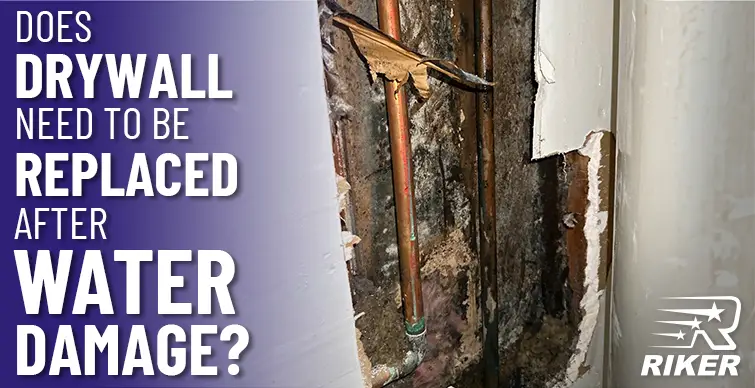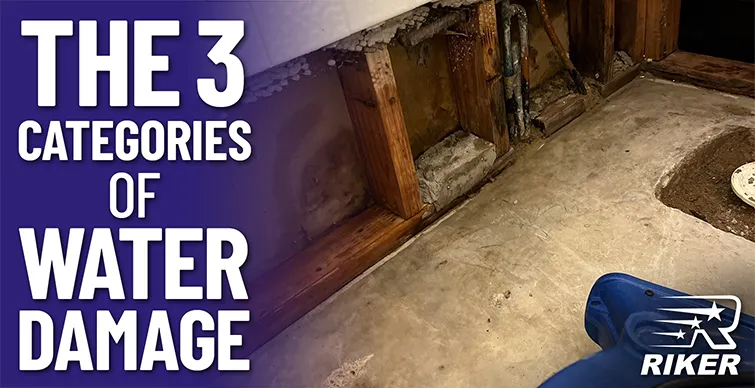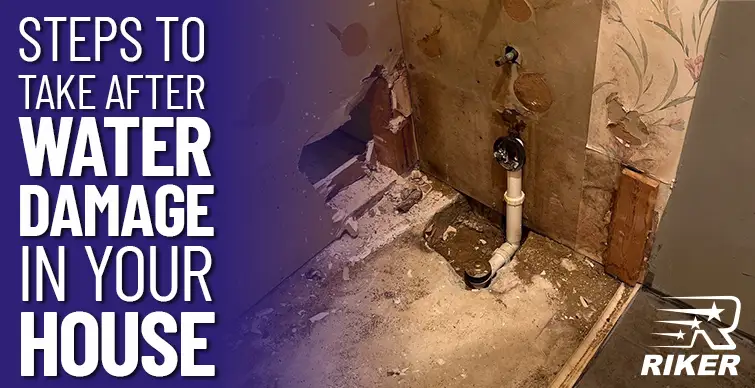
Dealing with water damage to drywall is a common concern for homeowners and raises the question: does wet drywall always need to be replaced? This article will guide you through understanding how water impacts drywall, when replacement is necessary, and preventive measures to protect your home.
How Water Damage Affects Drywall
Drywall is a porous material, making it highly susceptible to water absorption. When exposed to moisture, the gypsum core softens, and the paper facing can become a breeding ground for mold. The extent of damage depends on factors such as the duration of exposure and the type of water involved (e.g., clean water from a leak vs. contaminated floodwater). To learn more about water damage classification, see types of water damage.
Signs of Drywall Water Damage
When assessing whether your drywall has been compromised by water damage, it’s important to know what signs of water damage to look for. Catching these indicators early can prevent further issues and guide you on whether repairs or replacements are needed. Below are the common signs of water-damaged drywall to be aware of:
- Discoloration: Yellow or brown stains on the surface.
- Soft Texture: Pressing on the drywall feels spongy or soft.
- Bubbling or Sagging: Visible warping, bulges, or drooping areas.
- Mold Growth: Dark spots or patches, often accompanied by a musty odor.
When Should Wet Drywall Be Replaced?
Knowing when to dry out wet drywall and when to replace it is important for keeping your home safe. In some cases, drying the drywall is enough, but other times, replacing it is the best choice to avoid more damage or health issues. Your Wet Drywall Should Be Replaced If:
- Extended Water Exposure: When drywall has been soaked for more than 48 hours, the structural integrity is often compromised.
- Contaminated Water: If the source of the water is from a flood or sewage, replacement is recommended due to health risks.
- Mold Growth: Once mold begins to spread, replacing the affected drywall is essential to prevent health hazards and further damage.
If the water exposure is minimal and the drywall shows no structural damage, it’s possible to dry it out using fans and dehumidifiers. Prompt drying can prevent mold growth and save you the cost of full replacement.
Why Mold Growth Is a Key Factor in Deciding on Replacement
Mold can pose significant health risks, especially for individuals with respiratory issues or allergies. Even if the mold is not immediately visible, spores can infiltrate your home’s air quality. If you notice signs of mold on drywall, it’s best to replace it.
- Check for visible mold or a musty smell.
- Inspect for soft spots or areas that sag.
- Assess the duration of water exposure to determine if drying is a viable solution.
Should You Repair or Replace Wet Drywall?
Choosing whether to repair or replace wet drywall is an important decision that impacts your home’s safety and long-term maintenance. It’s crucial to assess the situation carefully and avoid making uninformed choices that could lead to more significant problems down the line. Here’s a more detailed look at each approach to help guide your decision:
Repairing the Wet Drywall
Repairing wet drywall is often more affordable and quicker, making it appealing for minor damage that’s caught early. This process involves using fans, dehumidifiers, and minor fixes to dry and restore the affected area.
- When It Works Best: If the water exposure was brief, the drywall remains structurally sound, and there are no signs of mold growth.
- Benefits: Cost-effective, faster to complete, and less disruptive to your living space.
- Important Cautions: DIY drying and repair can pose significant risks if not managed properly. Without a professional inspection, hidden moisture pockets may be overlooked, leading to mold growth or weakened drywall that compromises your home’s safety. Always consider having a professional evaluate the extent of damage, even if it appears minimal.
Replacing the Wet Drywall
While replacing wet drywall involves higher upfront costs, it provides greater assurance that your home will remain safe and secure. This method is essential for preventing long-term problems such as mold recurrence or structural failure.
- When It’s Necessary: If the drywall has been exposed to water for more than 48 hours, shows any signs of mold, or has been affected by contaminated water from flooding or sewage.
- Benefits: Offers peace of mind, comprehensive safety, and prevents future mold growth or damage recurrence.
- Potential Downsides: Replacement is more costly and time-consuming, often requiring professional help. However, these costs are offset by the assurance of a safe, long-lasting solution.
Does Wet Drywall Always Need To Be Replaced?
No, wet drywall does not always need to be replaced. If the water exposure is brief and the drywall has no signs of damage or mold, it can often be dried out using fans and dehumidifiers. However, if the drywall has been wet for more than 48 hours, shows visible damage like sagging or discoloration, or if mold is present, it’s best to replace it to avoid future problems. Always assess the extent of the damage and act quickly to prevent long-term issues.
Contact Riker Home Services For Water Damage Restoration
Water damage can cause serious problems, so knowing when to dry wet drywall and when to replace it helps homeowners make the right choices. If your home has water damage, acting fast can prevent mold and further structural issues. In cases where water exposure is severe or involves contaminated water, replacing the drywall is often the safest option.
If you need water damage restoration in Plano or the Dallas-Fort Worth area, Riker Home Services is here to help. Our team of experts will assess the damage and provide the right solution, whether that means drying, repairing, or replacing your drywall. Don’t let water damage put your home at risk—contact Riker Home Services for dependable and professional support tailored to your needs.

